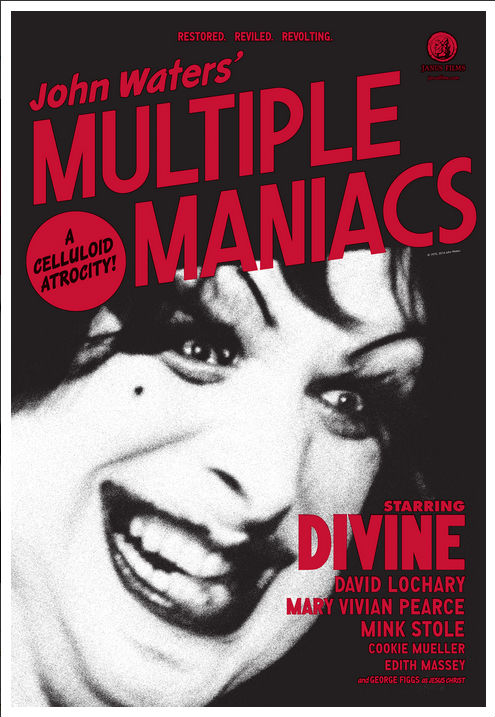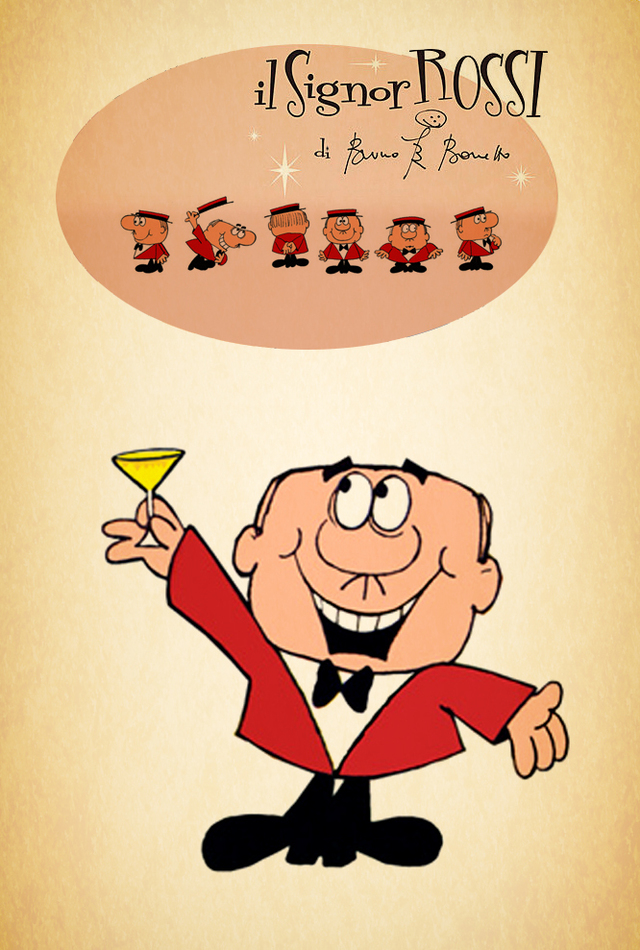
David Huggins is 72 years old. He lives in Hoboken with his wife and son and works in a delicatessen. In his early years he was trained as a painter at the Art Students League of New York. At some point, during his “perfectly normal life” he “started remembering things.”
Huggins’ suppressed memories have gotten very detailed indeed. He recalls being abducted by extraterrestrials on numerous occasions, although “abducted” might not be the right word—Huggins’ experiences have mostly been pleasurable and he is quite content to assist the aliens in whatever way they desire. He says that he lost his virginity to a female “alien hybrid” named Crescent when he was seventeen years old. Huggins claims they’ve have had “over fifty hybrid-alien children” together—the details of their mating and the births are rather remarkable.

The artist and his work
Huggins tried attending abductee meetings but disliked them, they were too depressing—his experiences were nothing like that. So he turned to his art as an expression of his vivid memories.
Crescent is by far the most important alien in Huggins’ narratives. As he tells it, he was walking through a forest in Georgia towards a lake. He saw her sitting next to a tree. Crescent had a perfectly normal human appearance except for her head—her pale, pointed face had large black eyes and she was wearing a wig. They both disrobed and he soon lost his virginity.
Of his children, Huggins has given the following account:
I was taken into a room and it was filled with babies and I had to touch every one. The human touch was really important. The first time I touched one of the babies static electricity jumped from my hand to the baby. This was right before I touched it and I pulled back and said to the Insect-being “Wow, did you see that?” So I reached over and touched the baby. I woke up the next morning spent, totally exhausted and slept all day. But that night the Insect-like Being takes me to this door; we are in front of this doorway and there is this brilliant light. It was like it was pushing its way out of the doorway — it had form. The Insect-Like Being said I had to go inside the room with the light, so I go inside and it was just incredible. The light was passing right through me. I was in there for a few minutes. The next morning when I woke up I had incredible energy and felt really energized for weeks afterwards.
Fortunately for us, Huggins has harnessed his artistic talent to capture his memories, whether of real or imagined events. They display very good draftsmanship and use of color, and they are pleasurable to look at. It almost amounts to a perfect painterly representation of the entire “Area 51” mythos that has been such a familiar trope since the middle of the last century.
In 2009 Farah Yurdozu published a coffee-table book about Huggins under the title Love in an Alien Purgatory that reproduced many of his paintings—it’s available at Amazon for a reasonable sum.
Huggins is the subject of a forthcoming documentary by Brad Abrahams called Love and Saucers, which looks very interesting.

First Meeting

Our Son
More after the jump…
























